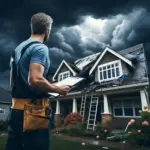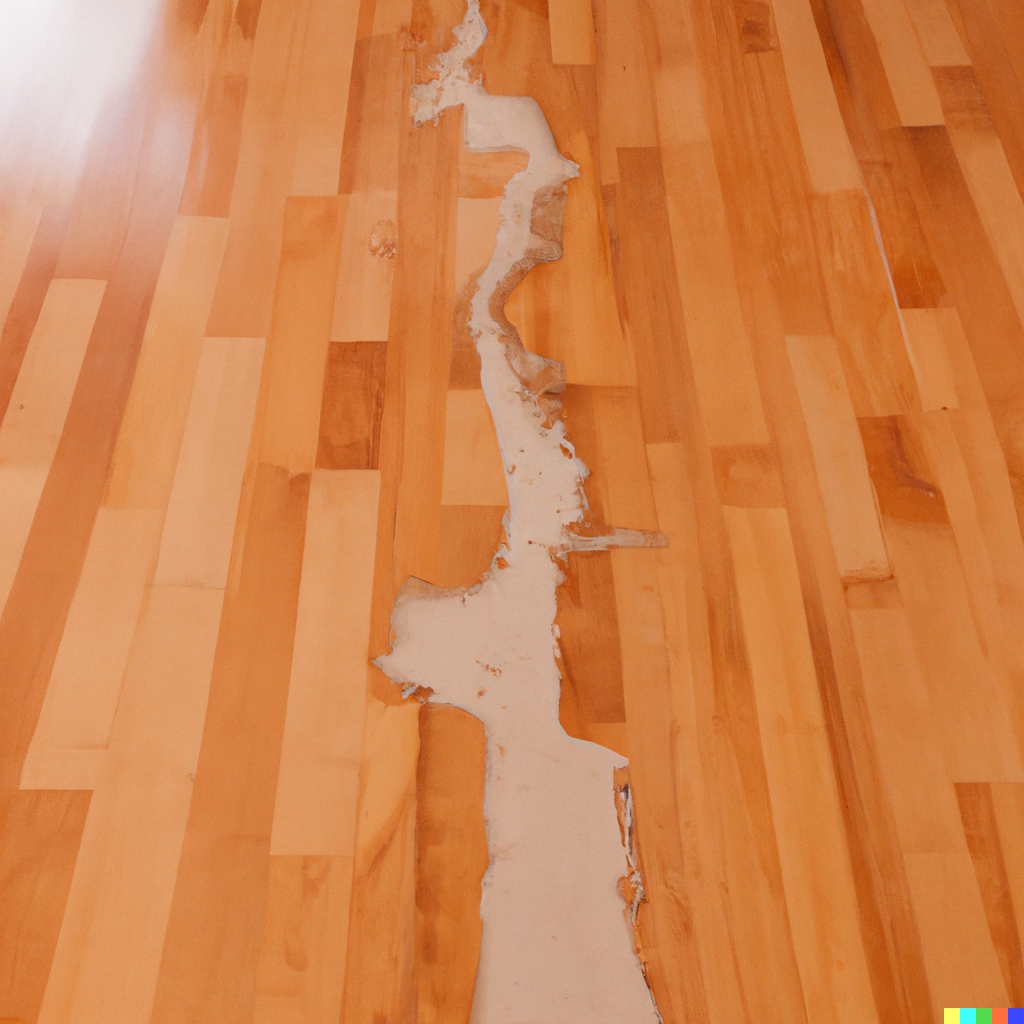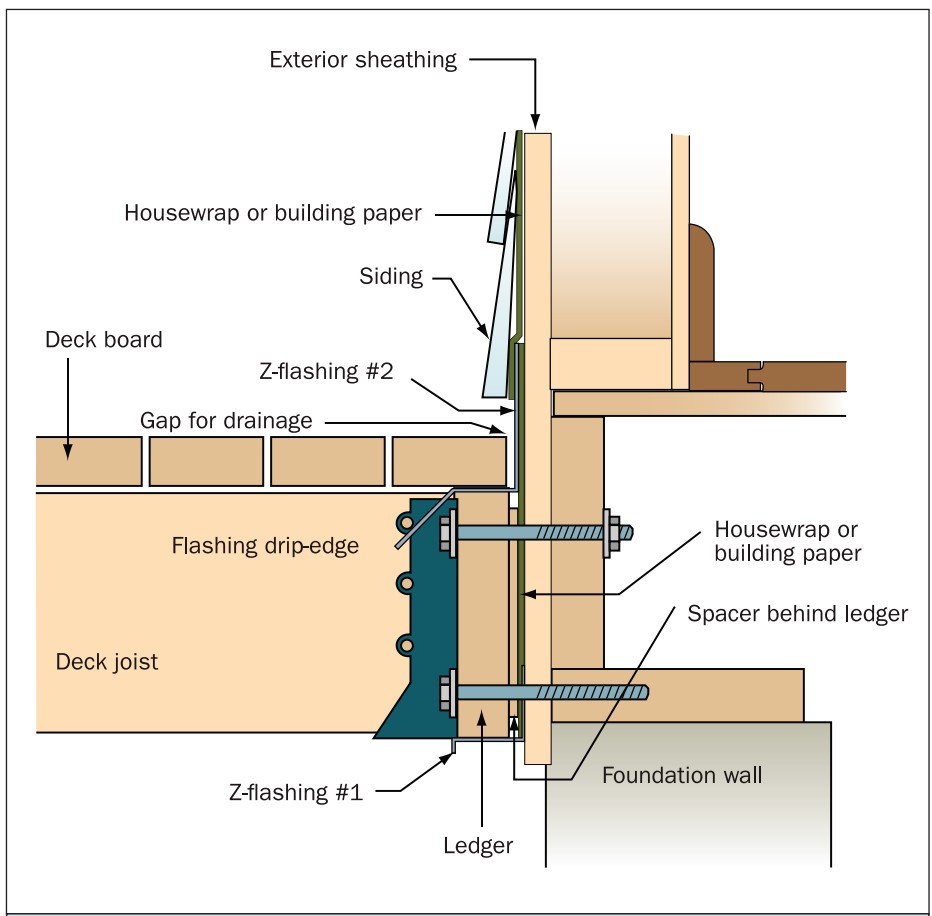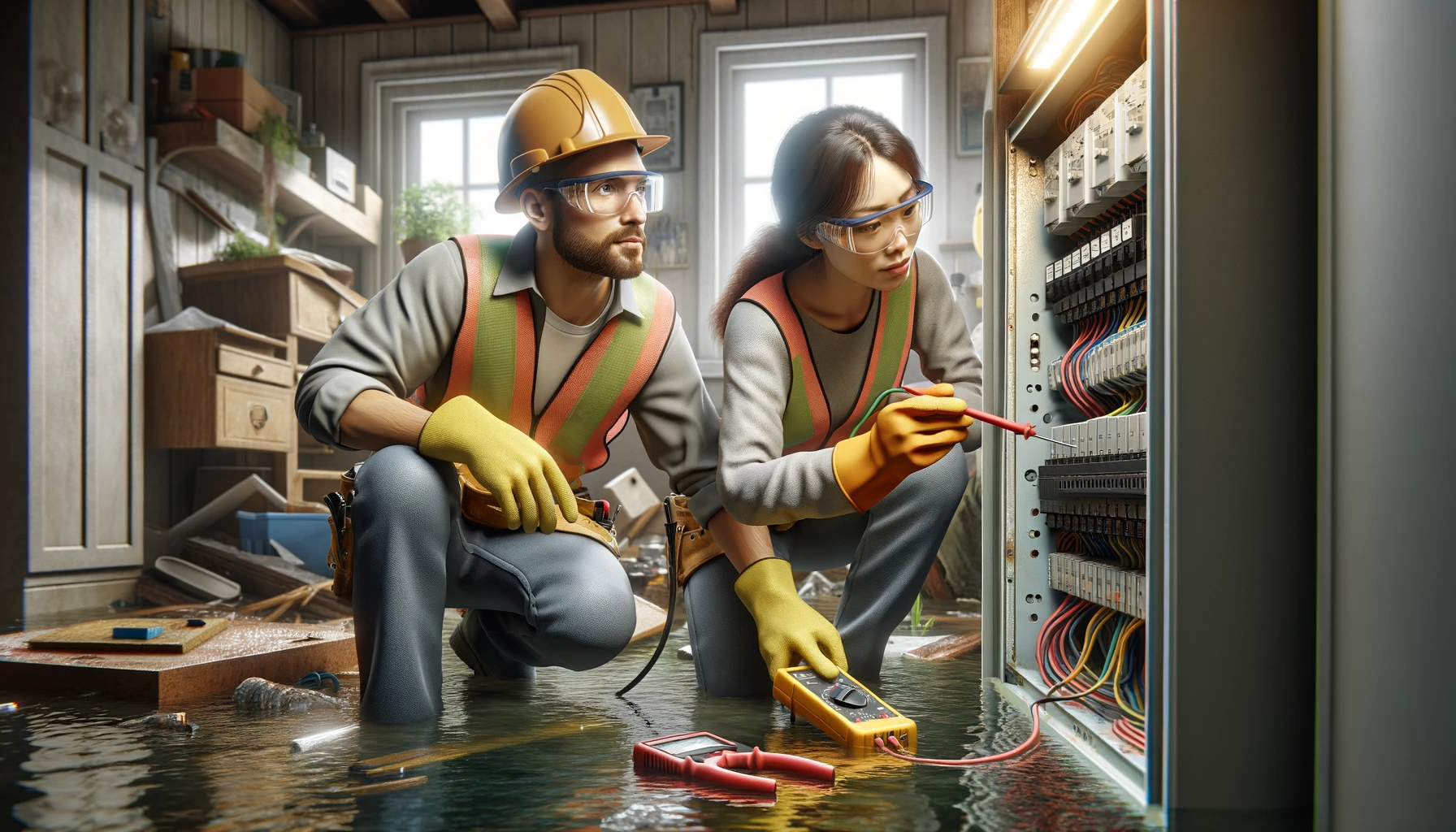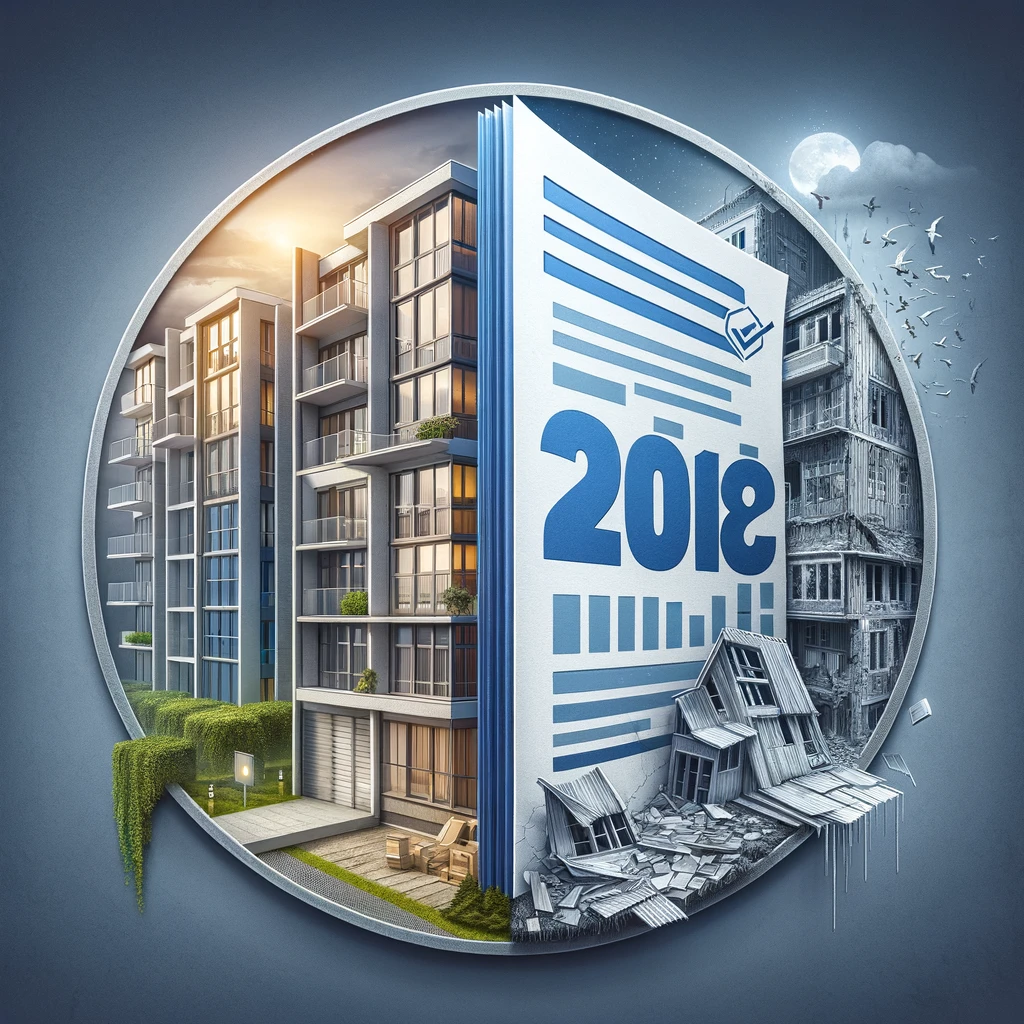At Allied Emergency Services, we understand the importance of following industry standards to provide top-notch water damage restoration services. The IICRC S500 Water Damage Restoration Standard and Remediation Guide outline five principles that guide our approach to every restoration project:
Principle 1 – Safety First
Our utmost priority is the safety and health of our dedicated workers and the occupants of the affected property. We take every precaution to create a secure work environment while mitigating potential hazards.
Principle 2 – Detailed Documentation:
Thoroughly documenting and inspecting the entire project is key to assessing the extent of the damage accurately. This helps us plan and execute an efficient restoration process, saving time and resources.
Principle 3 – Mitigating Further Damage
To prevent additional harm, we focus on two critical aspects:
a. Controlling the Spread of Contaminants: Ensuring that contaminants are contained and don’t further affect other areas of the property is vital to maintaining a clean and safe environment during restoration.
b. Controlling Moisture Intrusion: By identifying and addressing the sources of moisture intrusion, we stop the problem at its root, preventing it from causing more damage.
Principle 4 – Thorough Cleaning and Drying
Our expert technicians are equipped with advanced tools and knowledge to clean and dry affected areas effectively. This step is crucial to minimize the impact of water damage and restore the property to its pre-loss condition.
Principle 5 – Complete Restoration and Repairs
We believe in providing comprehensive restoration services. Not only do we clean and dry affected areas, but we also handle the necessary repairs to bring the property back to its original state.
Understanding the Procedural Steps
Step 1: Removing Excess Water – Extraction
We recognize that water can be deeply absorbed in materials like carpets and cushions. To tackle this, we employ sophisticated techniques and state-of-the-art equipment, including submersible pumps and powerful wet pick-up vacuuming systems. Multiple extractions not only reduce drying time significantly but also prevent potential furniture and rust stains. Our efficient extraction process can dry materials up to 300 times faster than dehumidification alone.
Step 2: Evaporation
After removing excess water, our skilled technicians focus on the transformative power of evaporation. Moisture passes through three phases during this process: solid to liquid to gaseous state. This evaporation process is facilitated by wicking, which is the upward or outward migration of moisture during drying. To promote rapid evaporation, we employ specialized air moving equipment, enhancing the natural evaporative wicking process. This approach offers multiple benefits, including cooling wet material surfaces, inhibiting the growth of pathogenic microorganisms, and accelerating drying rates.
Step 3: Dehumidification/Ventilation – Removing Water Vapor
As moisture evaporates, it increases the relative humidity in the airspace. To avoid potential secondary damage, we diligently work on reducing the humidity in the affected areas. Failure to control humidity levels can lead to condensation, essentially causing it to “rain” indoors and leading to extensive water damage. Hygroscopic surfaces, in particular, are at risk of absorbing excessive moisture, resulting in reduced drying rates and potential microbial growth. By employing dehumidification, either natural or mechanical, we create a balanced drying system, ensuring that the rate of evaporation equals or does not exceed the rate of humidity reduction. Optimal drying is generally achieved when the ambient relative humidity is maintained below 40%. We are mindful of materials like decorative wood and furnishings that may shrink if the target humidity is achieved too quickly.
Dehumidification options:
a. Open or Natural Drying System
In this approach, we utilize outside ambient air, which is drier, to achieve balanced drying. By ventilating the structure, we reduce indoor humidity, bringing it to an equilibrium state. When conditions are suitable, this method can significantly decrease drying time. However, we also consider factors such as changing weather conditions, the insured’s preferences, building security, energy loss, and the risk of unintended condensation on indoor surfaces.
b. Closed or Mechanical Drying System: We use specialized dehumidification equipment to control indoor humidity levels. Although a building’s heating, ventilating, and air conditioning (HVAC) system may provide some dehumidification, it is often insufficient to handle the excess moisture from water damage. Utilizing a closed drying system is particularly crucial when outdoor humidity is higher than indoors or when the open drying system is impractical. It should always be used when the structure is sealed, indoor humidity is sustained above 40%, or when there are wet structural components. By employing a closed drying system, we maintain positive air pressure inside the building environment, further promoting efficient drying.
Note: Regardless of the dehumidification method used, proper ventilation or air movement is vital. Allowing air and moisture vapor to infiltrate the building environment through cracks and crevices can hinder the drying process. By actively encouraging evaporation and dehumidification, we achieve rapid drying of structural materials.
Step 4: Temperature Control
Controlling the ambient air temperature significantly enhances both evaporation and dehumidification capabilities. By skillfully modifying and maintaining the temperature within the structure, we can create an environment that fosters efficient drying. Warm air has the advantage of increasing the amount of water vapor suspended in the air before reaching saturation. Conversely, if the dry-bulb temperature falls to the dew point temperature without appropriate moisture removal, condensation can occur. The dew point temperature is the critical threshold at which moisture condenses into liquid form, potentially damaging cooler materials. To avoid this, we carefully raise the temperature of wet surfaces, which subsequently increases the rate of evaporation. Increasing surface temperature through temperature control results in higher vapor pressure, leading to faster evaporation rates.
At Allied Emergency Services, we follow these principles and procedural steps diligently, allowing us to achieve rapid and effective restorative drying for every water damage restoration project. Our commitment to safety, detailed documentation, thorough mitigation, and precise temperature control sets us apart as leaders in the industry. We understand the urgency of water damage situations and strive to restore your property to its former glory efficiently and professionally.
#WaterDamageRestoration #RestorativeDrying #IICRCS500 #WaterDamageMitigation #PropertyRestoration #EmergencyServices #ProfessionalRestoration #WaterDamageCleanup #WaterDamageRepair #WaterDamageRecovery #WaterDamageExperts #AlliedEmergencyServices



